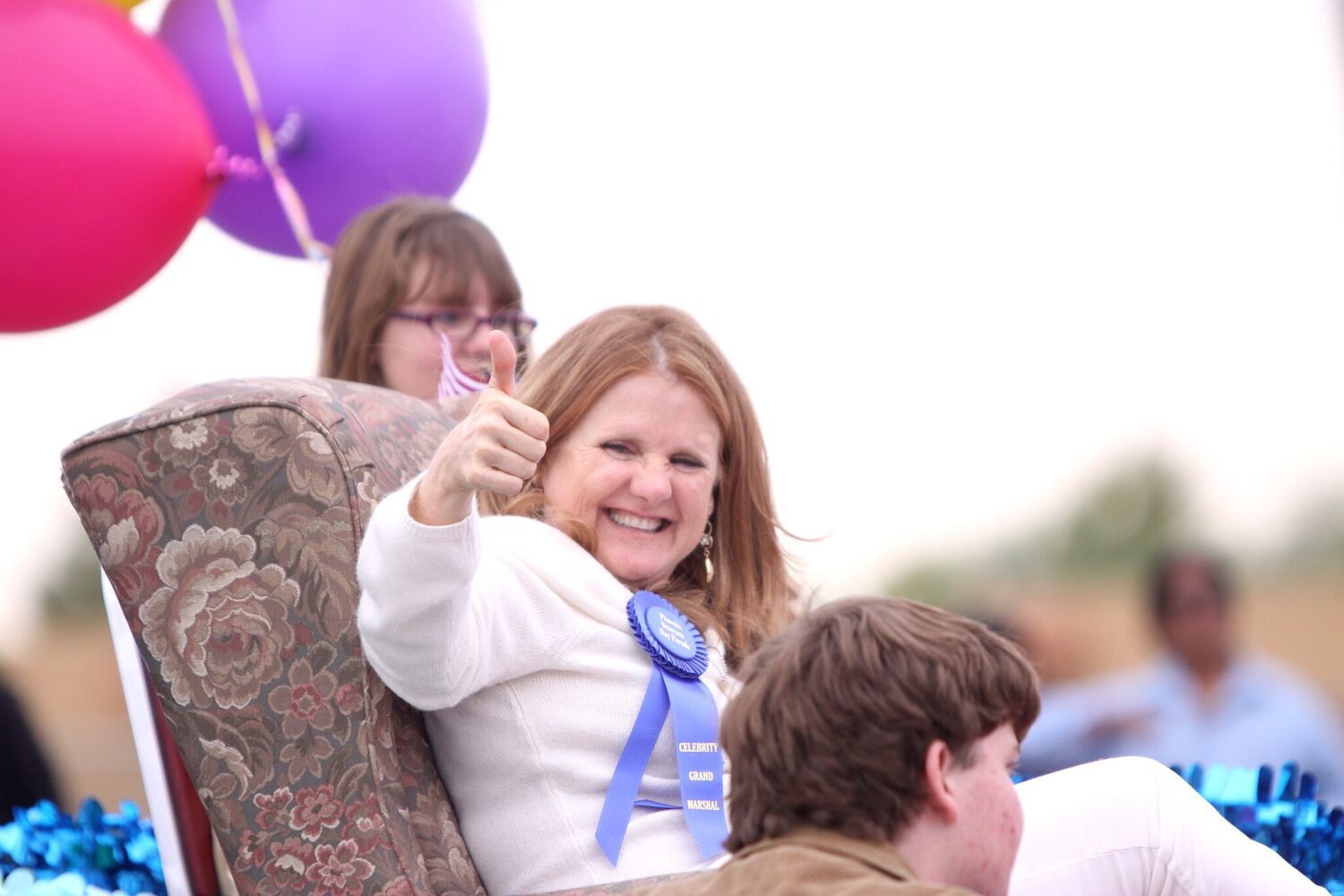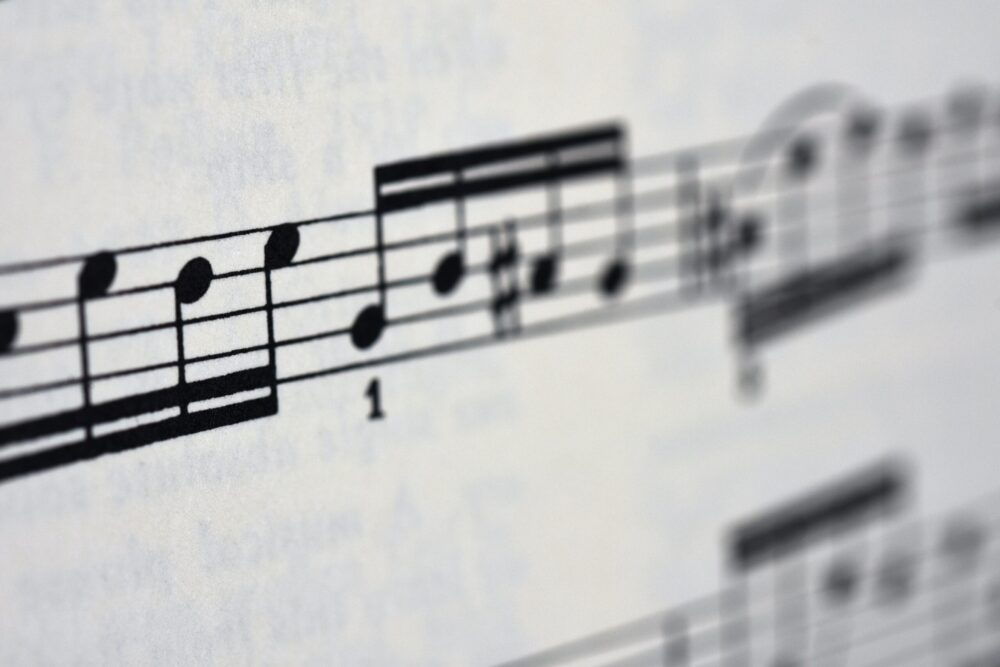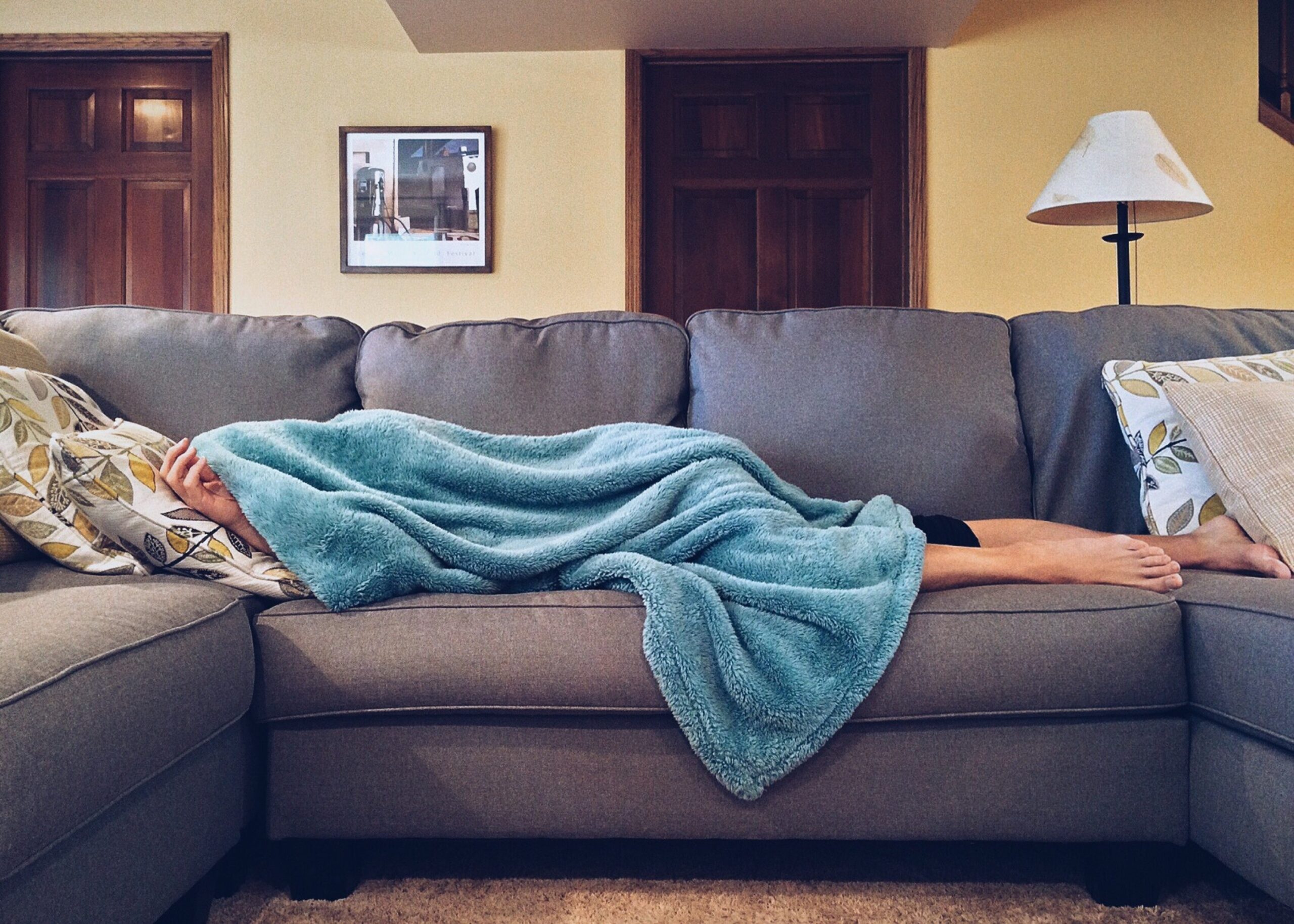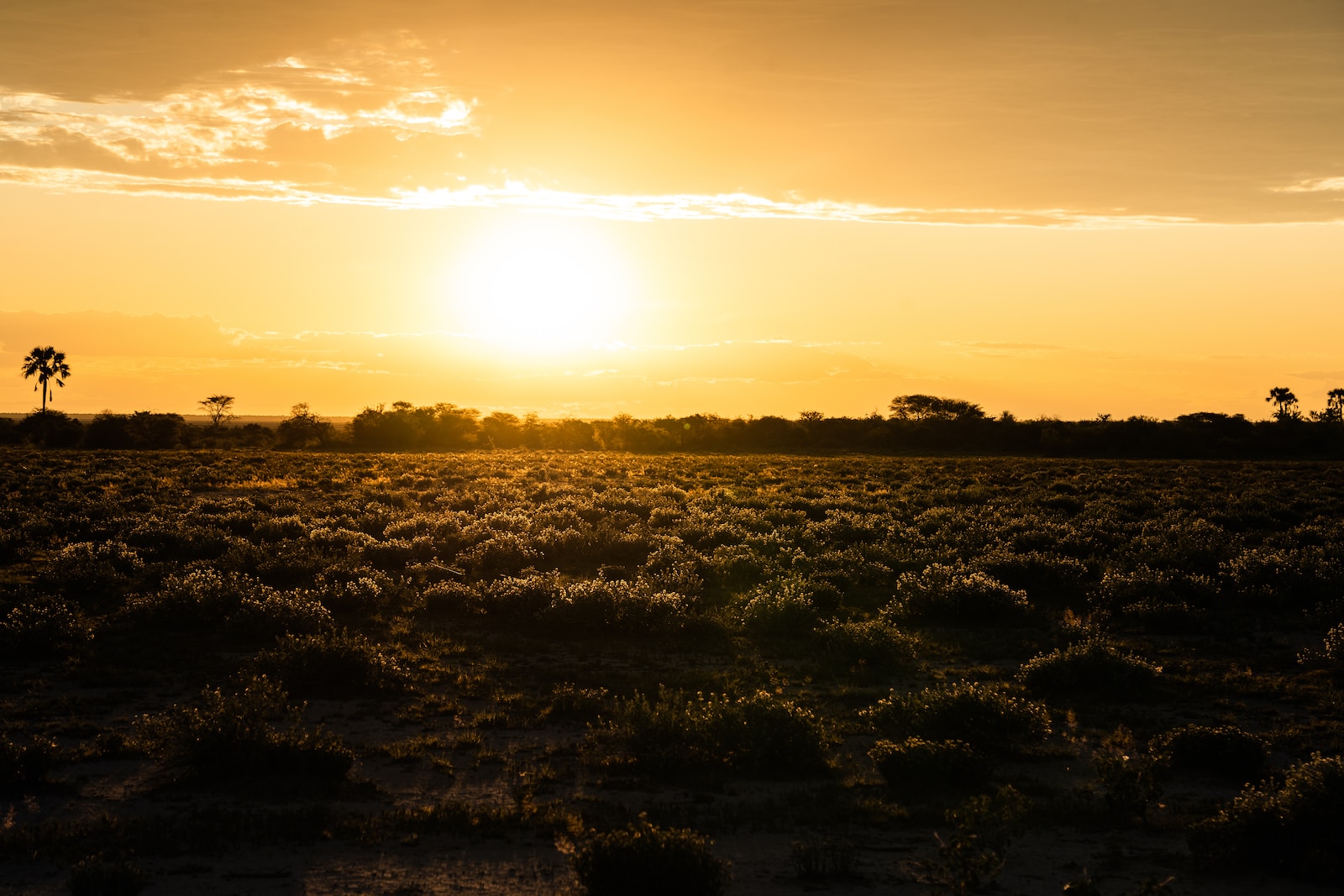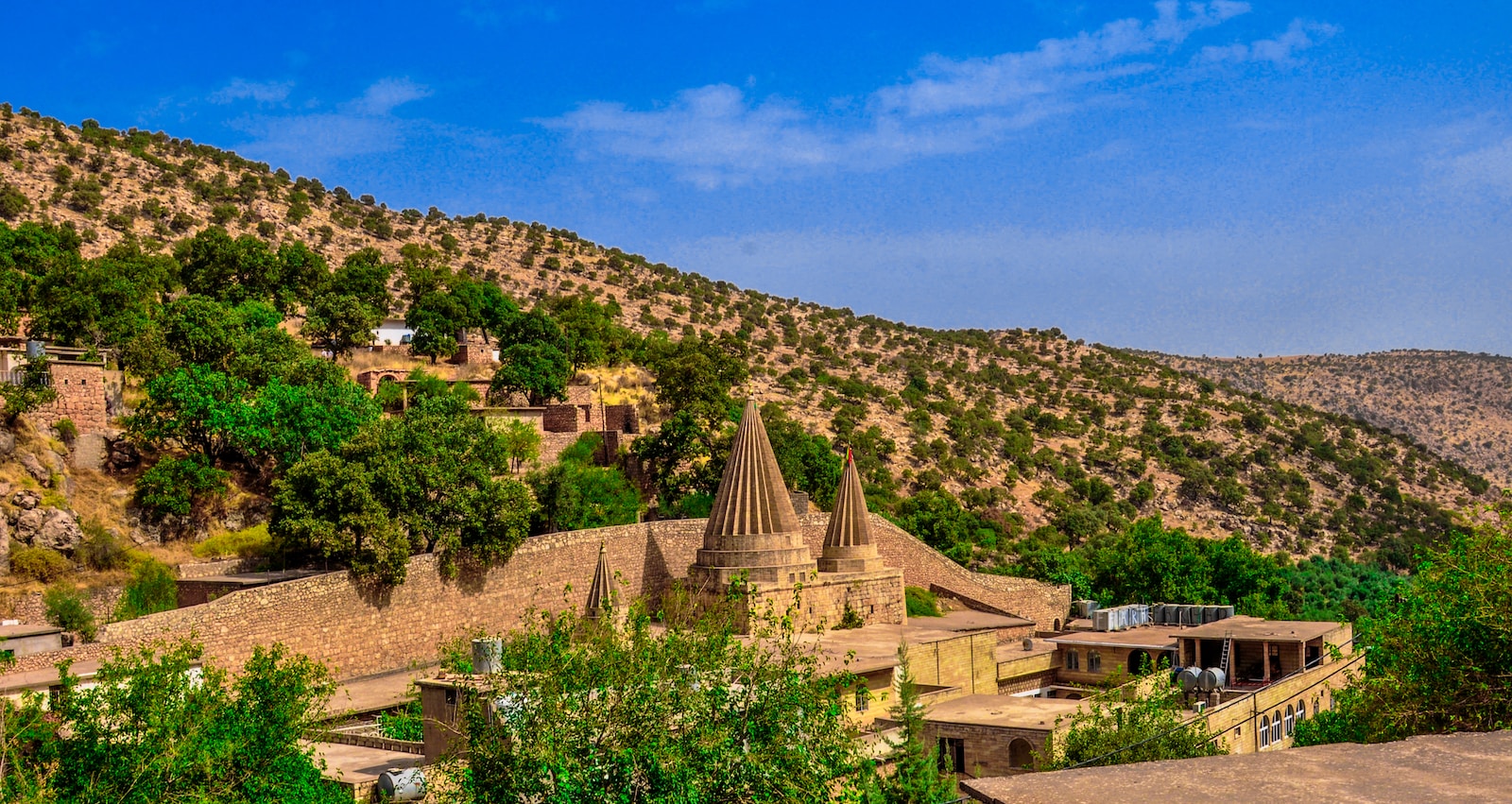56% of people aged 18-34 said they had at least one climate dream in their lifetime, compared to 14% of over-55s
Martha Crawford started having dreams about climate change about 11-12 years ago, the story with that headline in Time began.
Unlike many of her previous remembered dreams, these weren’t fragmentary or meaningless—they were “very clear,” she recalls. “They didn’t require much interpretation.” In one, she reads a textbook on climate change, then throws it behind the back of her couch, pretending it doesn’t exist. In another, she sits in on a lecture given by a climate scientist. But the professor starts yelling at her for not paying attention, and she fails the course. The point is pretty clear, says Crawford, a licensed clinical social worker: “You’re not careful, and you should be careful.”
The dreams eventually inspired her to start the Climate Dreams Project in 2019, and since then she’s been creating a space where people can share anecdotes about climate dreams, mostly anonymously.
One of the dreams submitted in the collection is of people digging holes in the desert so that the rising seas would have a place to go. Another dream tells of a “Flood” soccer match in which the players float on inner tubes in the second half.
Another person who shared four climate dreams told of one in which billions of people poured into a giant room that looked like a video game sports arena, but was big enough to hold the world’s population. “At the end of the dream, the whole face of the Earth was different,” they wrote. “It was completely frozen and the only habitable part was a giant plateau with a city on it.”
Climate change seems to have woven itself into the “fabric of dreams,” as Crawford puts it.
Studying dreams can be slippery. We don’t always remember them, and their interpretation is highly subjective. But according to a survey of 1,009 people conducted by The Harris Poll in June on behalf of the media, more than a third of people in the US have dreamed about climate change at least once in their lives.
According to the study, the images and sensations evoked by these dreams vary widely. Most people’s climate dreams are associated with extreme weather or natural disasters; fewer are those about mosquitoes and grasshoppers or about political leaders and laws. The most commonly reported emotions are fear and stress, with the exception of millennials, who seem to have more hopeful dreams.
The prevalence of climate dreams decreases with age: 56% of people between the ages of 18 and 34 said they had at least one climate dream in their lifetime, compared to 14% of people over the age of 55. Men seem to dream more about climate change than women. And people of color dream about it a lot more than white people.
Taken together, the data gives us a new perspective on how the country may be feeling about climate change.
Illustrative Photo by Kampus Production: https://www.pexels.com/photo/beautiful-woman-sleeping-on-bed-5990954/






